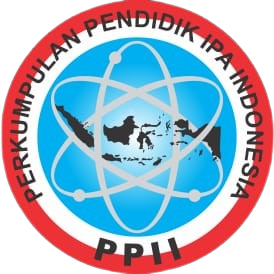ADAPTASI PERUBAHAN IKLIM TERHADAP SISTEM PENATAAN RUANG DAS BENGAWAN SOLO
Abstract
Urban issues at this time has been a problem that is quite complicated to overcome. Change elements of the natural environment into an artificial element leads to changes in the characteristics of micro climate. Various human activities in urban areas, such as industrial activities and transport, changing the composition of the atmosphere that have an impact on changes in the components of the water cycle, the carbon cycle and ecosystem changes. In addition, urban air pollution causes changes in visibility and atmospheric absorption of the solar radiation. Solar radiation itself is one of the main factors that determine the characteristics of the climate of a region. The changes are very important to be taken into consideration in the design and planning of the city. In urban development planning system in Indonesia, elements of the climate is still regarded as a static element, where it is assumed there is no mutual interaction between the climate and land use changes. Climatic data is often used as the data to support the claim of land suitability and location for the development of a regional function, especially for the development of agricultural areas. However, in the design and planning of urban areas in Indonesia, almost never considered that the planned land-use change will provide enormous implications for the climate system. One of the areas that suffered environmental degradation and climate change so many problems dtimbulkan such as landslides, flooding, deterioration of ecosystems that Bengawan Solo river basin. In the face of these conditions, we need a form of adaptation in spatial planning Bengawan Solo river basin, so as to minimize the problems occurred. Some things are done in the adaptation of the system of spatial planning to climate change, among others: Modelling climate change and the ability of elaboration of territory effects in the form of geographic information-spatial, Vulnerability assessment (vulnerability assessment) all aspects of local and regional, Platform integration with policy, whereby circuit modeling information and the results of the study "discussed" and translated in the policies of the room, a good knowledge base and strong to support decision making. Keywords: Adaptation, Climate Change, and Spatial Planning.















